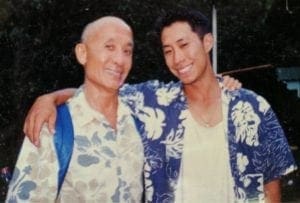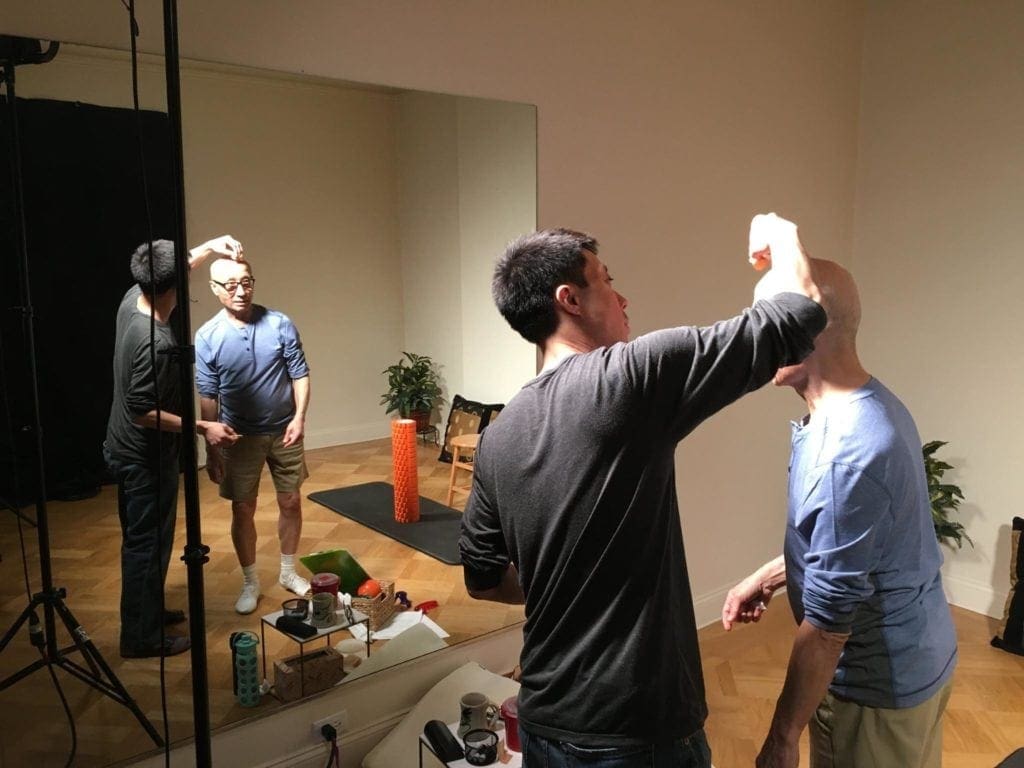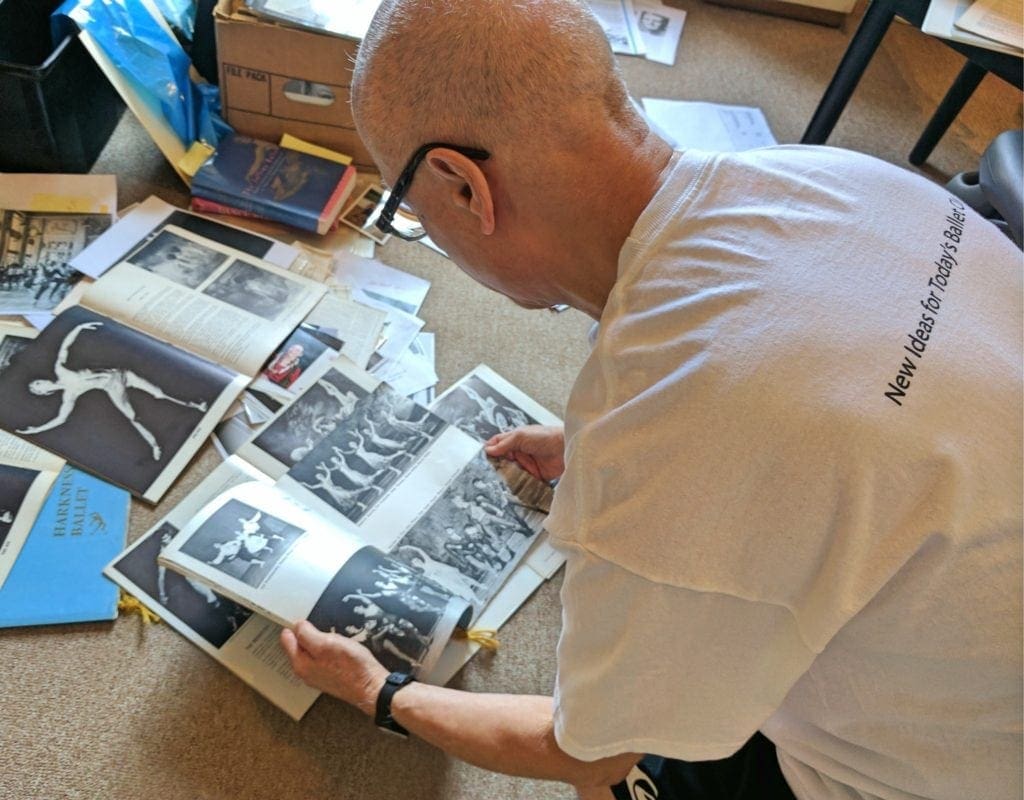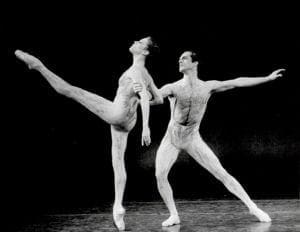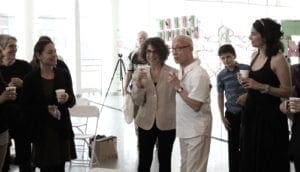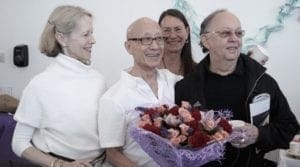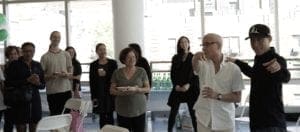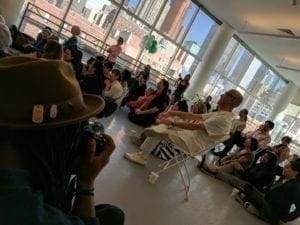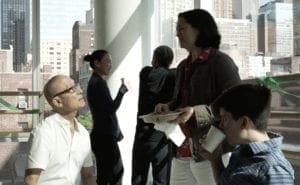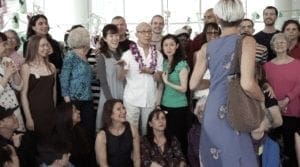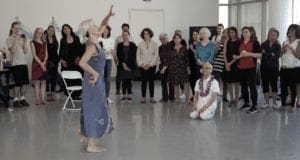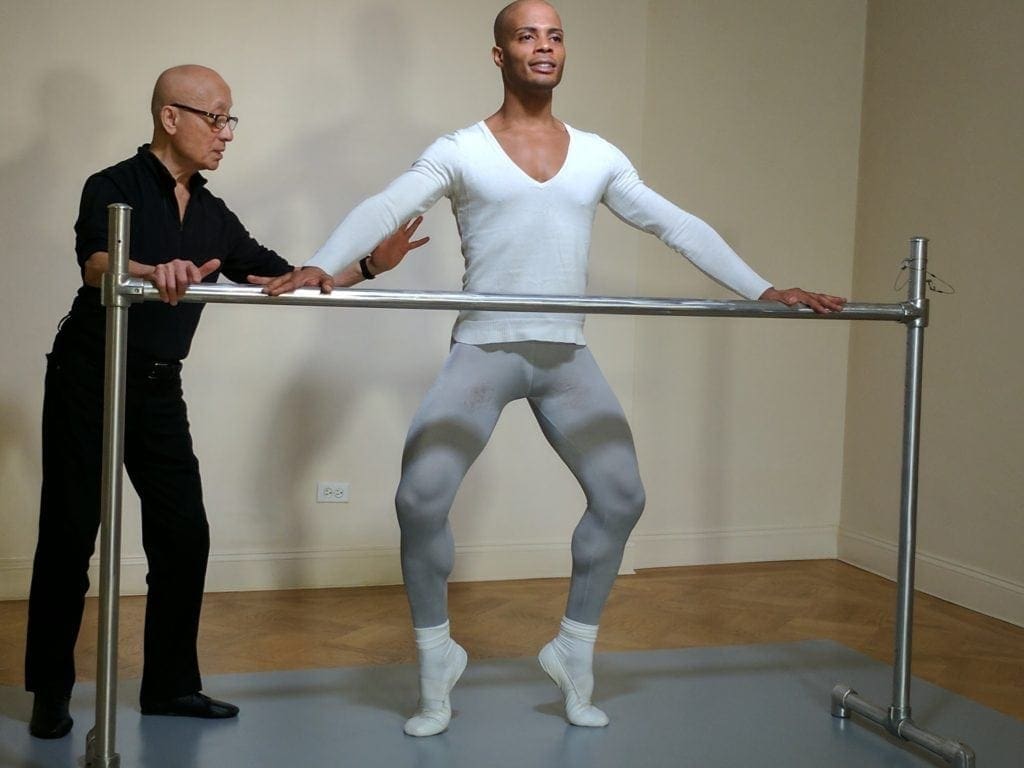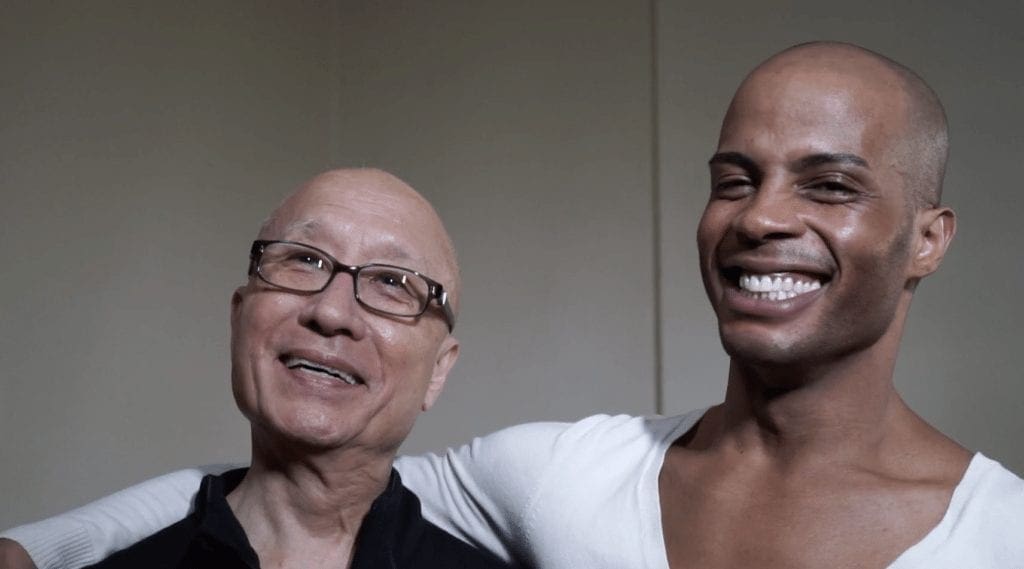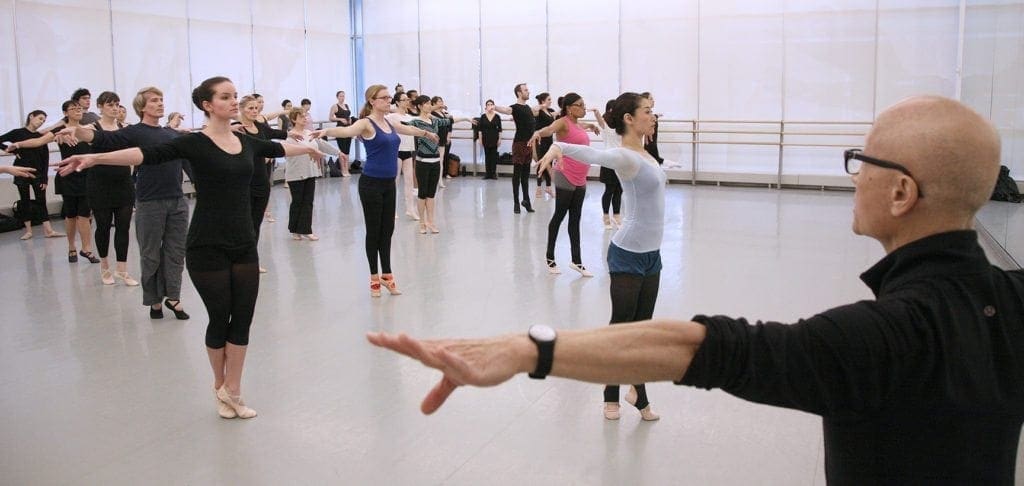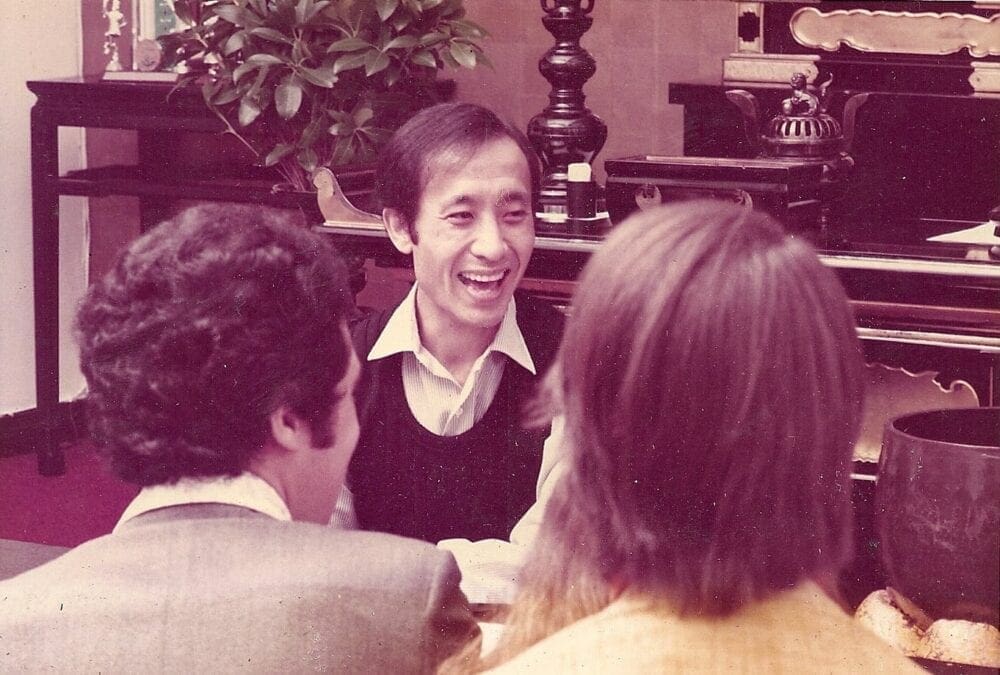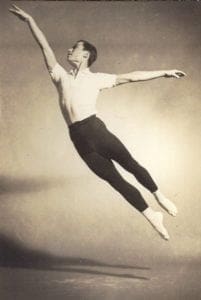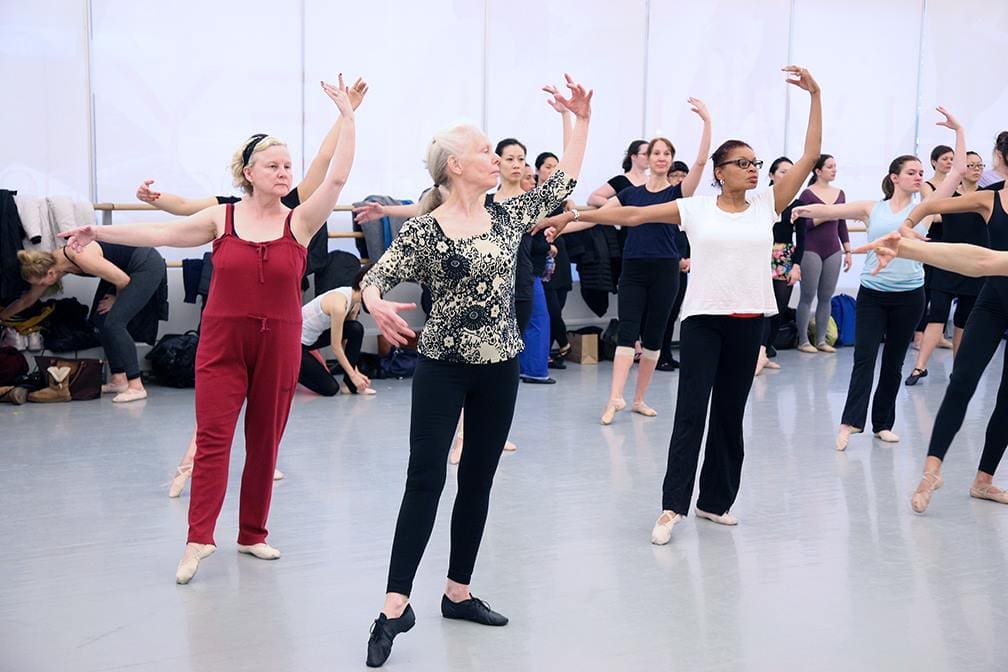First off, Happy Father’s Day, Dad!!
And Happy Father’s Day to all you fathers out there and anyone celebrating their father or father figure on this day.
I am honored to be guest-writing this blog entry and giving my Dad more time to work on his pictorial memoir.
Growing up in New York City, I remember being a very happy child living on the Upper West Side while Dad was always working in some capacity, which continues to this very day.
If memory serves right, he has missed only 2 days (or something ridiculous like that) of teaching in the last 40 something years which, occasionally, makes me question whether he is a real-life human being or an early attempt at the perfect ballet-teaching cyborg.
While this was hard to understand growing up, it is his passion for dance, integrity as a human being and discipline as an educator that constantly leaves me in awe.
As I sat down and thought about what to write, I started with “what makes a good father or father figure?”
A father or father figure:
- Doesn’t have to play catch with you when you’re a kid, or teach you to fish, or drive, or anything specific for that matter
- Always leads by example and does whatever they can for you and others, throughout their life
- Doesn’t try to make you what they wish they could have been or want you to be, allowing you to be you
- Supports decisions you make and explains the outcome by focusing on the process, right or wrong
- Is in your corner, no matter what
- Pushes you to be a better person, constantly
Dad, you embody all of the above to me, and I appreciate all of the things you have done for me throughout my life.
For all the times we were stopped in the street on our way to dinner when I was a kid, I realize now how special it was that the people stopping you were former students or people you had crossed paths with in your life, and they wanted to say hello to you out of respect and admiration.
That continues to this day, and I put together a little video from your 80th birthday party put on by your adult babies at Ailey to reflect exactly this.
I am so grateful to be working alongside of you producing your instructional videos, working on your pictorial memoir and slowly taking over your home business and helping you expand into the digital world we now live in.
Dad, today I celebrate you and want everyone out there to know that I couldn’t have asked for a better father, despite my being a constant pain in your rear.
I love you very much and hope all the other fathers and father figures/mentors out there are being appreciated as well.
Your son,
Jason


